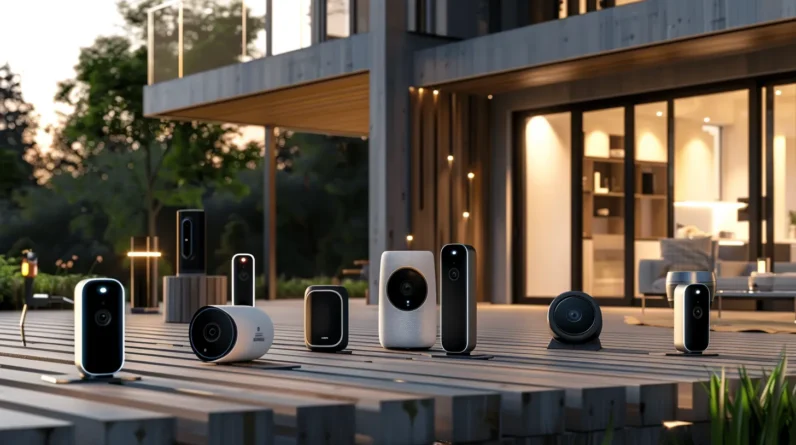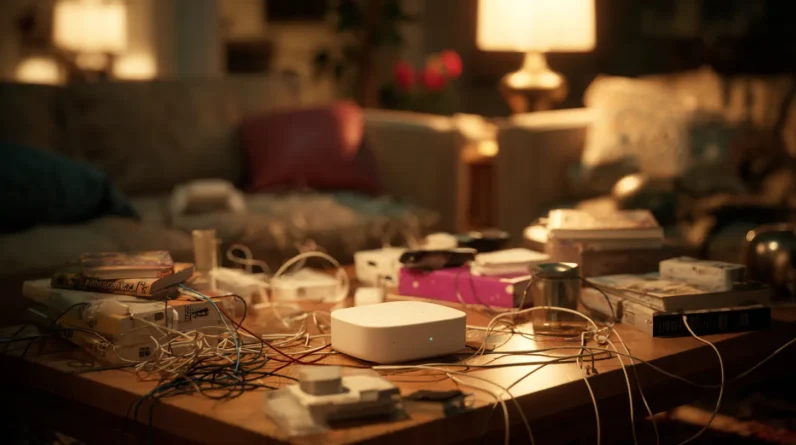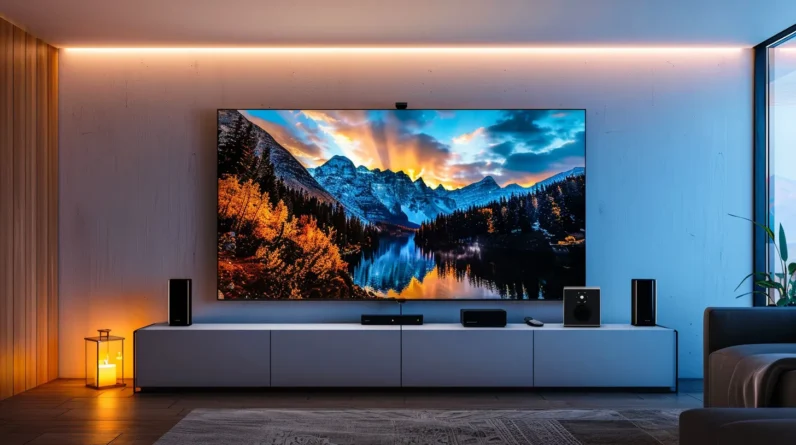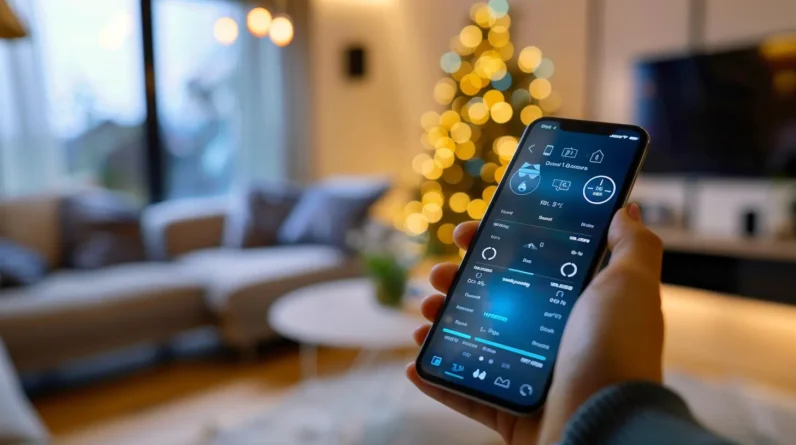
We’re about to set up our smart security cameras, where features like 4K resolution, infrared capabilities, and motion detection can provide unparalleled peace of mind. To get started, we’ll choose the right camera for our needs, considering factors like resolution, field of view, and weather resistance. Next, we’ll install and configure our cameras, ensuring a secure connection to our Wi-Fi network and customizing motion detection and alerts to suit our preferences. From there, we’ll integrate our cameras with other smart devices, programming automated responses to specific events and creating a unified defense system. Now, let’s take it to the next level.
Choosing the Right Security Camera
What features should we look for in a security camera to guarantee it meets our specific needs and provides effective surveillance? When selecting a camera, we must consider the resolution, field of view, and night vision capabilities. A higher resolution, such as 1080p or 4K, will provide clearer footage, while a wider field of view will capture more area. Infrared or night vision capabilities are essential for capturing footage in low-light conditions.
We should also consider weather resistance, motion detection, and Wi-Fi connectivity for seamless integration with our smart devices. Moreover, features like facial recognition, object detection, and alerts can enhance our surveillance experience.
Setting Up and Installing Cameras
Now that we’ve selected the best camera for our specific needs, we’re ready to set it up and install it in the chosen location, ensuring excellent positioning and connectivity. First, we’ll unpack the camera and its accessories, including the mounting hardware, power adapter, and any additional features like weather-resistant enclosures. Next, we’ll identify the most suitable mounting spot, taking into account factors like field of view, lighting, and obstructions.
We’ll then securely fasten the camera to the mounting surface, ensuring it’s level and firmly attached. Finally, we’ll connect the power adapter and perform a quick visual inspection to confirm the camera is properly installed and ready for configuration.
Configuring Wi-Fi and Network Settings
We power on the camera and access its web interface or mobile app to configure the Wi-Fi settings, establishing a secure connection to our network. We select our network from the list of available options and enter the password to establish a connection. Next, we configure the camera’s IP address settings, choosing between dynamic or static IP addressing depending on our network requirements. We also set the subnet mask, gateway, and DNS server addresses to guarantee seamless communication with our network devices.
Moreover, we enable WPA2 encryption and set up a guest network to isolate the camera from our primary network. By following these steps, we ensure a secure and reliable connection between our camera and network.
Customizing Motion Detection and Alerts
With our camera firmly connected to the network, we focus on fine-tuning its motion detection capabilities to receive timely and relevant alerts. We delve into the camera’s settings to adjust sensitivity levels, guaranteeing we capture meaningful events while minimizing false triggers. We set up customizable alert zones, defining areas of interest to prioritize notifications. Next, we configure alert schedules, specifying times when we want to receive notifications and when we’d rather not be disturbed.
We also explore advanced features like object detection and facial recognition to further refine our alerts. By customizing motion detection and alerts, we ensure our smart security camera becomes a valuable sentinel, keeping us informed without overwhelming us with unnecessary notifications.
Integrating With Smart Home Devices
Our smart security camera’s true potential is activated when we seamlessly blend it with other devices in our smart home ecosystem, allowing for automated responses and enhanced security protocols. By connecting our camera to smart doorbells, lights, and thermostats, we can create a unified defense system that responds to potential threats in real-time. For instance, when motion is detected, our lights can automatically turn on, and our doorbell can alert us with a video feed. Here are three key benefits of merging our smart security camera with other devices:
1. Enhanced surveillance: Our camera can work in conjunction with other sensors to detect and respond to potential threats more effectively.
2. Automated responses: We can program our devices to respond automatically to specific events, such as turning on lights when motion is detected.
3. Streamlined monitoring: With blended devices, we can monitor and control our entire smart home ecosystem from a single interface.
Conclusion
As we wrap up this ultimate guide, our homes are now transformed into fortified strongholds, equipped with the latest smart security cameras. But, the real question is: will we be prepared when the unexpected happens? The cameras are watching, waiting, and ready to alert us to any signs of danger. The darkness outside may seem quiet, but it’s evident – our smart security system is always on the lookout, ready to pounce into action at a moment’s notice.







